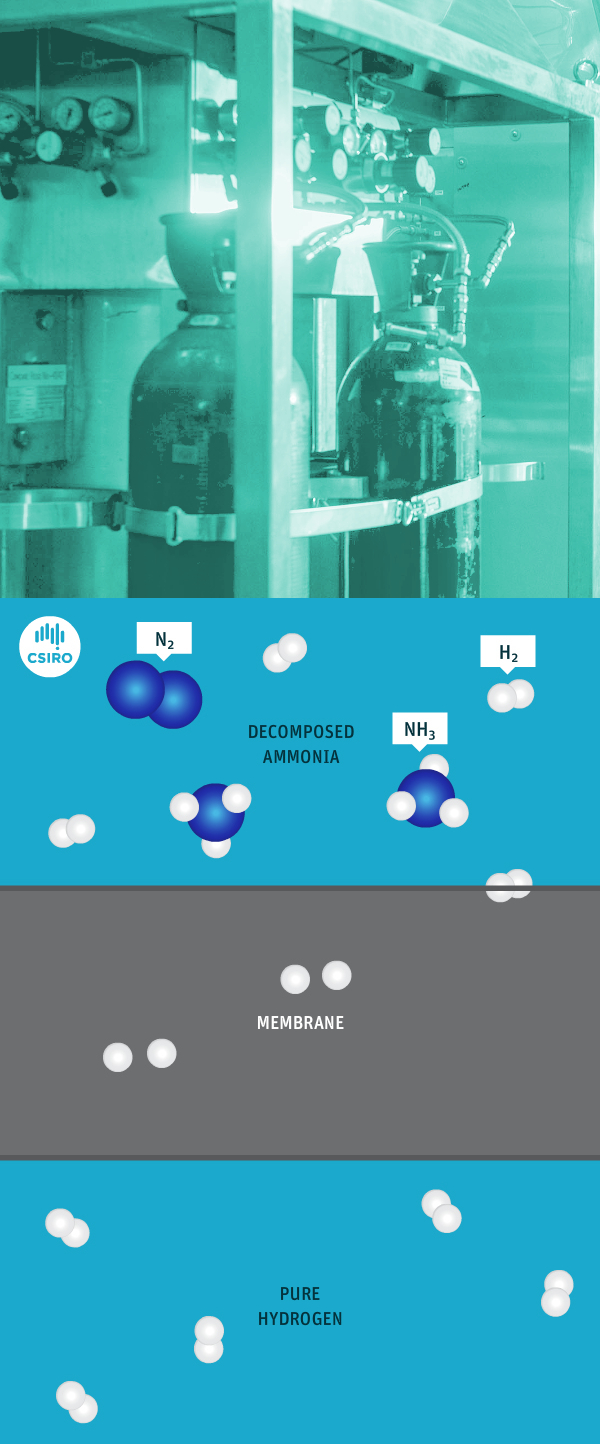CSIRO hydro set for world markets
 A new project could help Australia become the home of high-purity hydrogen for fuel cell vehicles (FCVs).
A new project could help Australia become the home of high-purity hydrogen for fuel cell vehicles (FCVs).
The Science and Industry Endowment Fund (SIEF) has put up $1.7 million, to be matched by the CSIRO, to advance CSIRO's membrane reactor technology for separating pure hydrogen from mixed gas streams.
The scientists say the system will fill the gap between hydrogen production, distribution and delivery in the form of a modular unit that can be used at, or near, a refuelling station.
Currently, the transportation and storage of hydrogen is complex and relatively expensive, making export commercially challenging.
The membrane allows hydrogen to be transported in the form of ammonia (which is already being traded globally), and then reconverted back to hydrogen at the point of use.
The thin metal membrane lets hydrogen through while blocking all other gases.
In the final stages of development, the device is being further refined, ready for commercial deployment.
Recent advances in solar and electrochemical technologies means renewable hydrogen production is expected to become competitive with fossil fuel-based production, providing an opportunity to decarbonise both the energy and transport sectors while creating new export opportunities.
While Australia is a relatively small hydrogen market, the fuel can be distributed to emerging markets in Japan, South Korea and Europe using existing infrastructure.
“This is a watershed moment for energy, and we look forward to applying CSIRO innovation to enable this exciting renewably-sourced fuel and energy storage medium a smoother path to market,” CSIRO Chief Executive Dr Larry Marshall said.
Renewable Hydrogen chair Brett Cooper says Australia could soon have a new export industry that matches the scale of the current LNG industry.
“With this technology, we can now deliver our renewable energy to Japan, Korea and across the Asia-Pacific region in liquid form, as renewable ammonia, and efficiently convert it back to pure hydrogen for cars, buses, power generation and industrial processes,” Mr Cooper said.
“This market didn't exist 10 years ago – now Australia is positioned to be the number one renewable fuel provider in the world's fastest growing region.”







 Print
Print